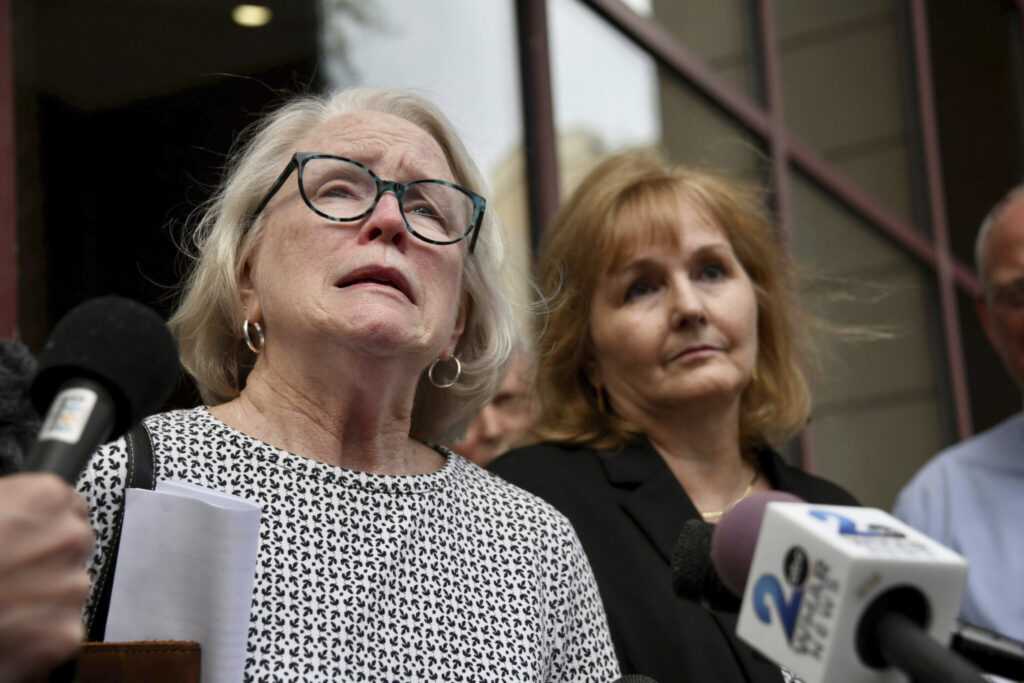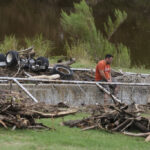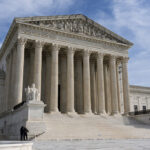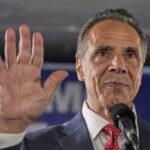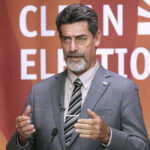While the Catholic Archdiocese of Baltimore has long touted its transparency in publishing the names of clergy credibly accused of sexual abuse, a report released this week by the Maryland attorney general’s office raises questions about whether the church’s list is incomplete, as reported by the Associated Press:
Victims slam MD church after sex abuse report
Newslooks- BALTIMORE (AP)
Following the report’s long-awaited release Wednesday by the Maryland attorney general’s office raises questions about whether the church’s list of clergy credibly accused of sexual abuse is incomplete, victims and advocates called on the Baltimore archbishop to address discrepancies — their latest demand for transparency in a decades long fight to expose the church’s coverup tactics.
They also celebrated a major step toward potential legal recourse: state legislation passed Wednesday that would eliminate the existing statute of limitations on civil litigation against institutions like the archdiocese in cases of child sexual abuse. Similar proposals failed in recent years, but the attorney general’s investigation brought renewed attention to the issue this legislative session. The bill has been sent to Gov. Wes Moore, who has said he supports it.
The report reveals the scope of over eight decades of abuse and coverup within the Archdiocese of Baltimore. More than 150 Catholic priests and others associated with the archdiocese sexually abused over 600 children and often escaped accountability, the investigation found.
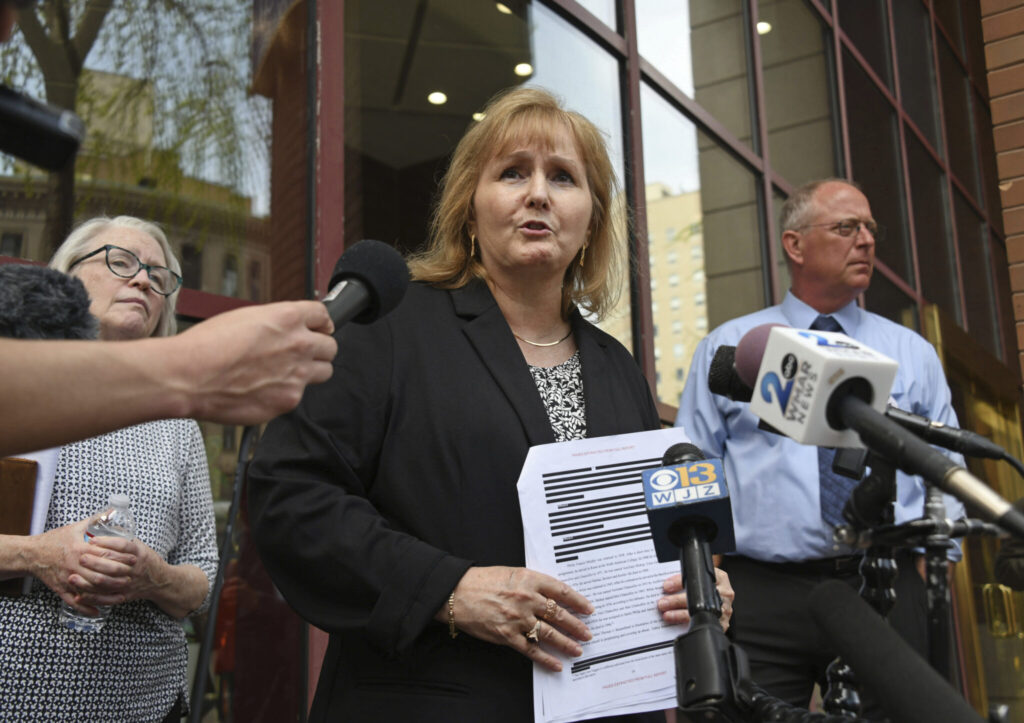
The report also names 39 people who aren’t included on the archdiocese’s list, which officials first published in 2002 and have continued to update since.
The Survivors Network of Those Abused by Priests, known as SNAP, said in a statement Wednesday that some omissions “might be understandable,” but called for the archbishop to “err on the side of being more transparent” for the sake of victims and others.
The archdiocese acknowledged the discrepancies in a statement Thursday, saying none of the 39 people are currently serving in ministry in the Baltimore area, and at least 33 have died. Archdiocese spokesperson Christian Kendzierski said most didn’t make the list because they are laypeople, including deacons and teachers; they were never assigned to ministry in the Archdiocese of Baltimore; or they were first accused posthumously and received only a single, uncorroborated allegation.
Kendzierski said the archdiocese is reviewing its list “in light of the Attorney General’s report” and expects to add more names soon. The report recommended expanding the list to include non-priests, which officials are also reviewing.
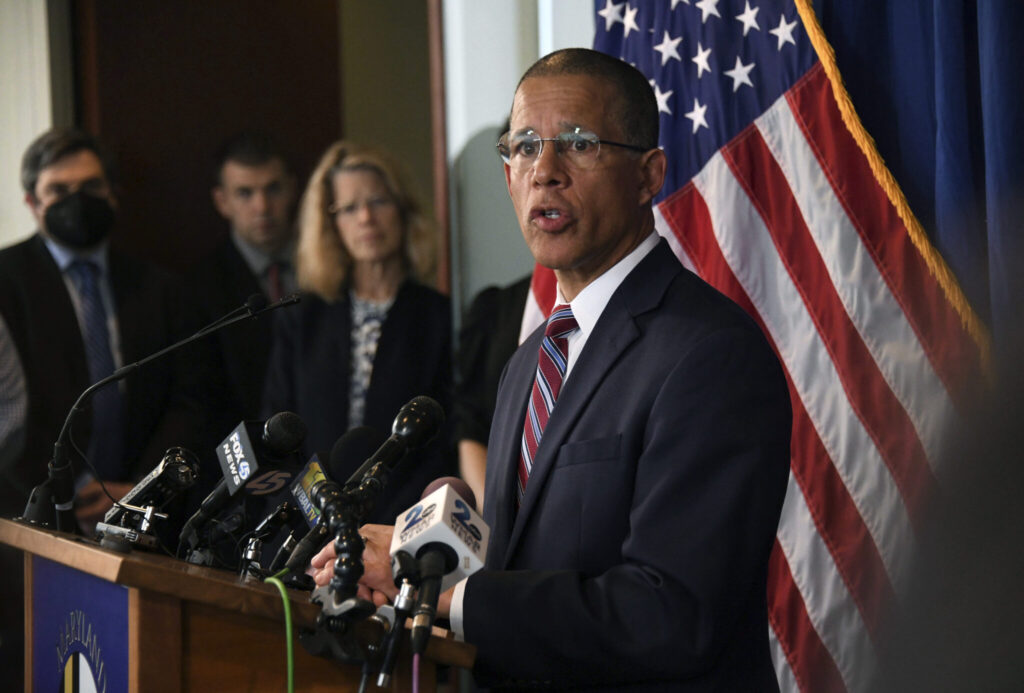
When Cardinal William Keeler released the Baltimore list in 2002, his decision earned the diocese a reputation for transparency at a time when the nationwide scope of wrongdoing remained largely unexposed. But years later, a Pennsylvania grand jury accused Keeler himself of covering up abuse allegations in the 1980s.
While Baltimore was among the first, other dioceses across the country have published similar lists in the years since.
“But there’s always the concern that even credibly accused people have been left off these lists,” said Terence McKiernan, president of BishopAccountability.org, which tracks clergy abuse nationwide. “Now, in Baltimore, we have confirmation that’s what was happening.”
Several of the clergy members not on the church’s list had been asked to leave the ministry, according to the report. In some cases, church officials engaged in mediation or agreed to financial settlements with victims — actions that suggest the allegations were considered credible, McKiernan said.
For example, one victim repeatedly contacted church officials in the late 1990s and early 2000s to report abuse he experienced in the 1930s at the hands of Father Alphonsus Figlewski, who would take altar boys on Baltimore’s streetcars and touch them inappropriately, according to the report. The diocese ultimately engaged in mediation and reached a settlement, the report says — but Figlewski was never listed as a credibly accused priest.
One of the church officials who reviewed the case, Father Michael Kolodziej, was himself later accused of abuse and included on the list.
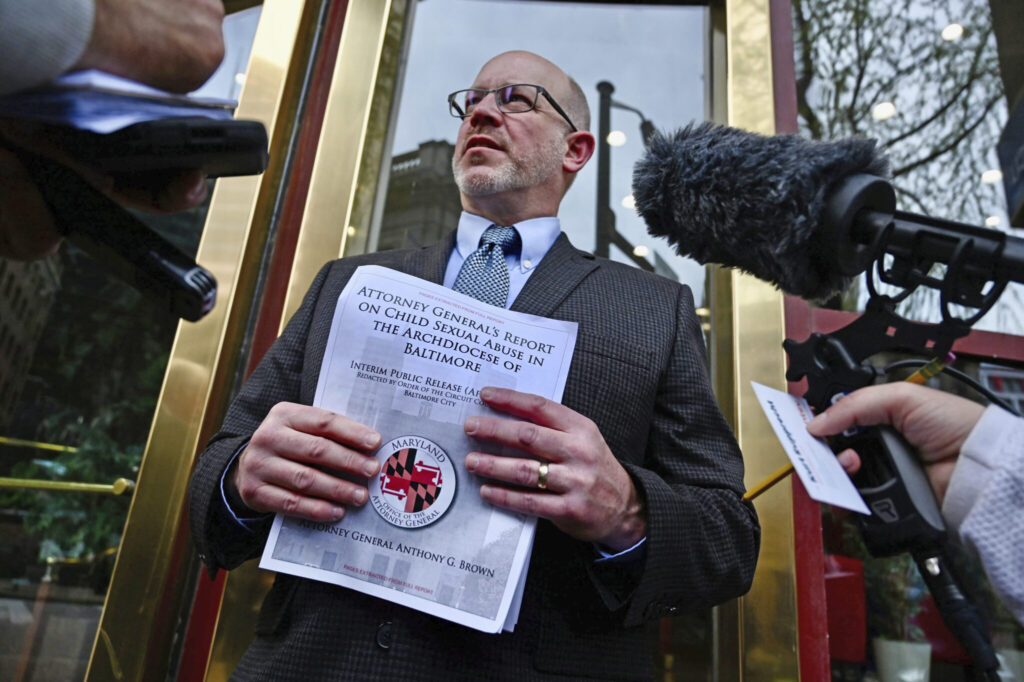
“They talk about being transparent, but it’s time for this diocese to take responsibility,” said David Lorenz, director of the Maryland Chapter of SNAP.
Lorenz and others advocated strongly for the legislation passed Wednesday to eliminate the statute of limitations for civil lawsuits.
Currently, victims of child sex abuse in Maryland can’t sue after they turn 38. The bill, if signed into law by Moore, would eliminate the age limit and allow for retroactive lawsuits. However, the measure includes a provision that would pause lawsuits until the Supreme Court of Maryland can determine whether it’s constitutional.
The Maryland Catholic Conference, which represents the three dioceses serving Maryland, opposed the measure, contending it was unconstitutional to open an unlimited retroactive window for civil cases.
“While there is clearly no financial compensation that can ever rectify the harm done to a survivor of sexual abuse, the devastating impact that the retroactive window provision will potentially have by exposing public and private institutions — and the communities they serve — to unsubstantiated claims of abuse, cannot be ignored,” the group said in written testimony.
Several other states have passed similar legislation in recent years, and in some cases, the resulting lawsuits have driven dioceses into bankruptcy. Just last month, the Diocese of Albany sought bankruptcy protection amid a deluge of lawsuits following a 2019 law change in New York that allowed more people to sue.
Barry Salzman, a New York attorney who has represented numerous victims of church sex abuse pro bono in recent years, said the Maryland legislation is unique in entirely eliminating a statute of limitations.
“I see this as another jurisdiction coming on the right side of things,” he said. “It would be a dramatic change.”

